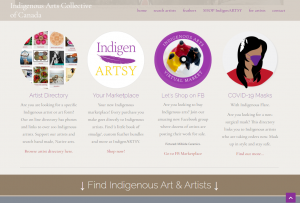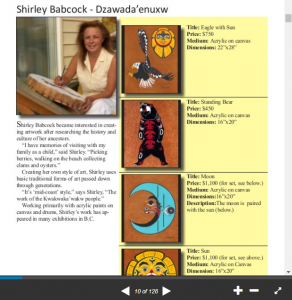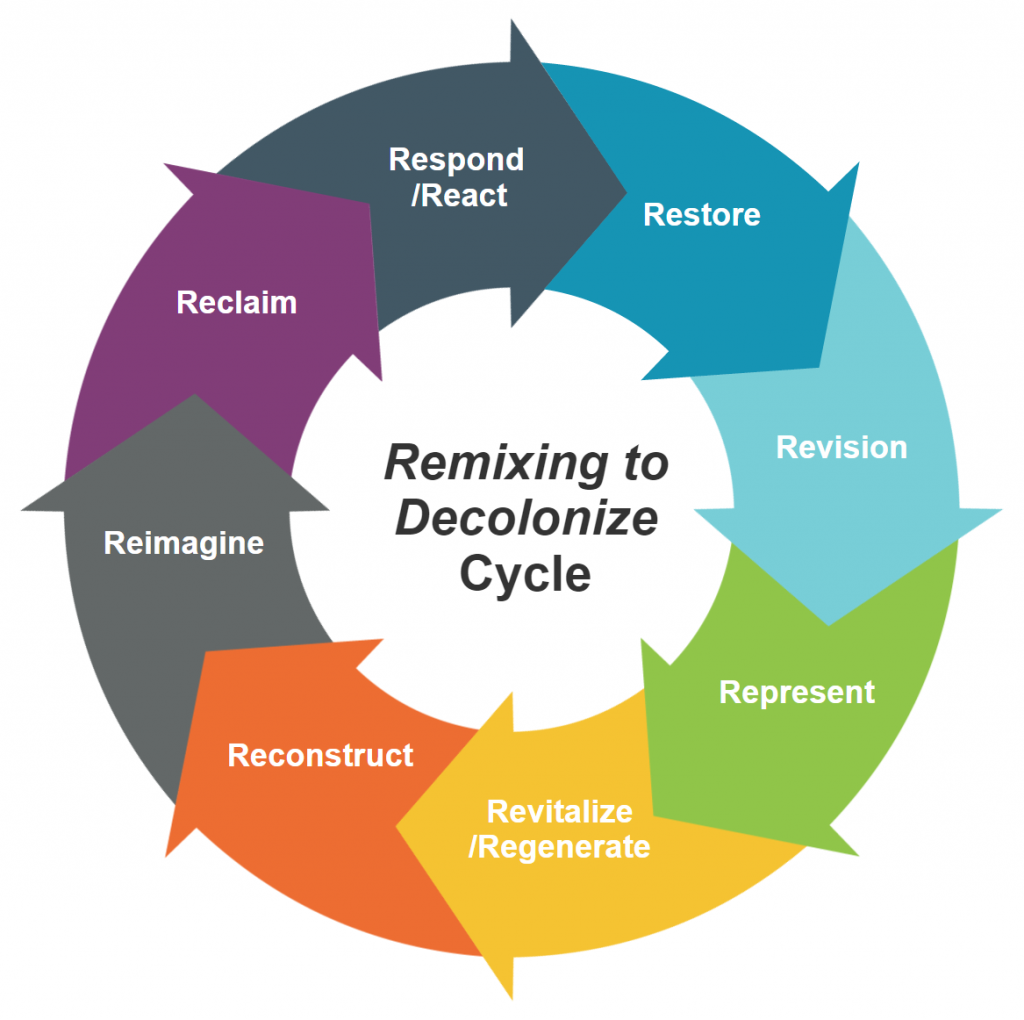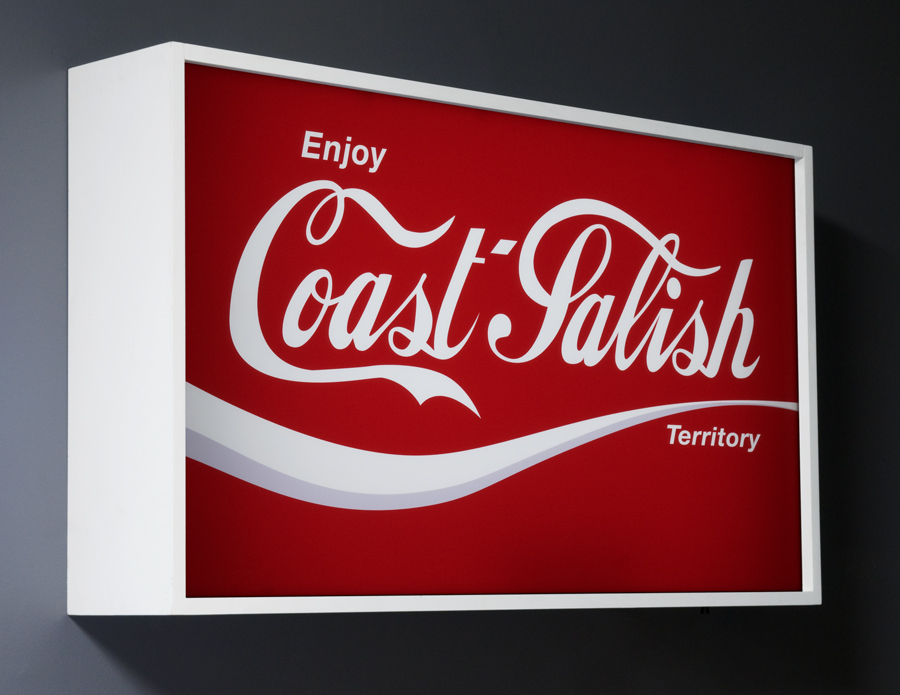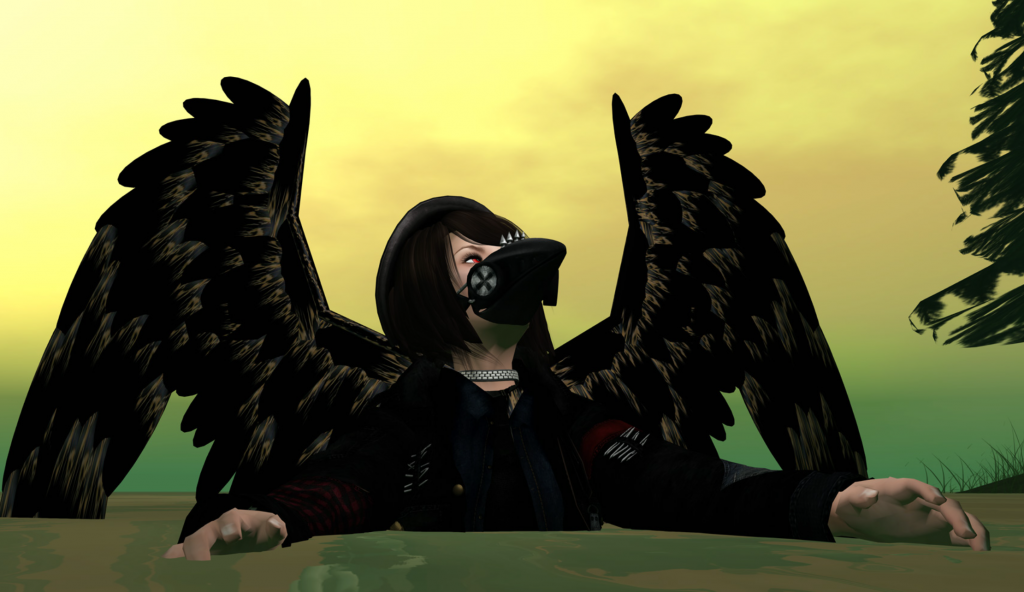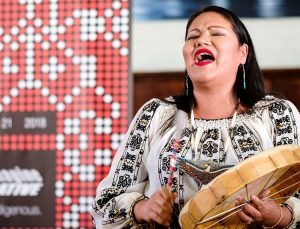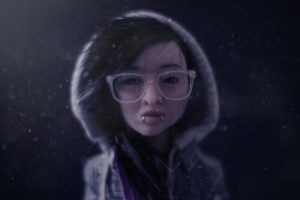In their paper, “Digital Storytelling as Arts-Inspired Inquiry for Engaging, Understanding, and Supporting Indigenous Youth”, Englinton et al. investigated how youth explore their personal and cultural idnetities trough multimedia narratives. The creation, reflection on, and sharing of these stories provided “opportunities for these youth to represent, perform, and thus construct their identities using the cultural artifacts available to them” (p. 14). The authors argue that this medium, in this case short (under 5 minutes) multimedia narratives, is a powerful amplifier of marginalized voices. They base their workshop on the Freirean model which uses images to spark dialogue and illuminate collective themes or issues.
This process can be taken a step further into the digital-art niche by creating such narratives with animation. There is an abundance of support for stop-motion (sometimes called slowmation) animation for supporting learning. Pavlou (2019) details its strengths for facilitating digital storytelling, such as its power to encourage creativity, critical thinking, and collaboration. For an example of an Indigenous stop-motion, see the video below:
From the Video’s Description: This animated documentary follows the journey of an Indigenous photographer as she travels through time. She witnesses moments in her family’s history and strengthens her connection to her Metis, Cree and Anishnaabe ancestors. This is a personal story told through the eyes of director and writer Amanda Strong. The oral and written history of her family reveals the story — we witness the impact and legacy of the railways, the slaughter of the buffalo and colonial land policies. Four Faces of the Moon contains no English language, relying on sound, image and Indigenous voice to tell the story. This multi-layered approach to storytelling may leave you with more questions than answers: it is an invitation to look into your own understanding of history, legacy and the importance in knowing who you are and where you’re from.
References:
CBC (2017, March 21). “Four Faces of the Moon” – Canada’s dark colonial past | Animated Short Doc [Video]. YouTube. https://youtu.be/rWe–sysNkk
Englinton, K. A., Gubrium, A., & Wexler, L. (2017). Digital Storytelling as Arts-Inspired Inquiry for Engaging, Understanding, and Supporting Indigenous Youth. International Journal of Education & the Arts, 18(5). https://eric.ed.gov/?id=EJ1136731.
Pavlou, V. (2019). Art Technology Integration: Digital Storytellying as a Transformative Pedagogy in Primary Education. International Journal of Art & Design Education, 39(1), 195–210. https://doi.org/10.1111/jade.12254

